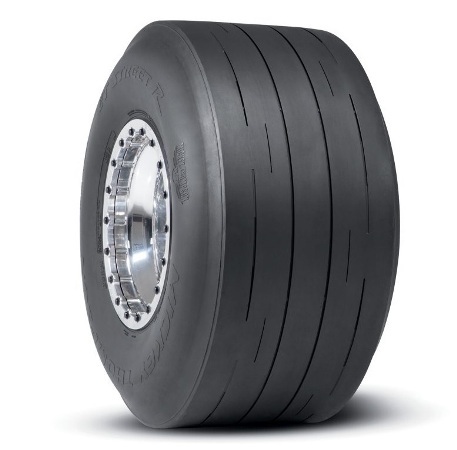
The global market for rheumatoid arthritis treatments is expected to grow at a CAGR of...
Learn More
Our consulting solutions address company specific challenges with respect to micro environment...
Learn More
Organizations frequently need day-today research guidancein order to gain strategic...
Learn More
Exploring different areas of market research and market analysis is a key factor...
Learn MoreAcute Market Reports presents the most extensive global business research services across industries. Our research studies focus on potential outcomes, benefits, and risks associated with each market segment across geographies. Having served our global clients for more than 10 years, our prime priority is to enable our clients in making well-informed business decisions through a data-driven, analytical, and uncomplicated research approach.
We provide access to the world's most comprehensive, analytical, and updated business intelligence services and solutions.




The helmet market plays a pivotal role in ensuring safety and protection across various domains, including sports, motorcycle riding, and general safety applications. During the forecast period of 2025 to 2033, this market is poised for steady growth...
Read More
The bias tire market has been experiencing steady growth over the years, driven by various factors such as increasing automotive production, infrastructure development, and expanding transportation networks. The Bias tires market is expected to rise ...
Read More
The data center colocation market is expected to experience a CAGR of 12.5% during the forecast period of 2025 to 2033, driven by the increasing demand for cost-effective and efficient data storage and management solutions. Colocation refers to the p...
Read More




